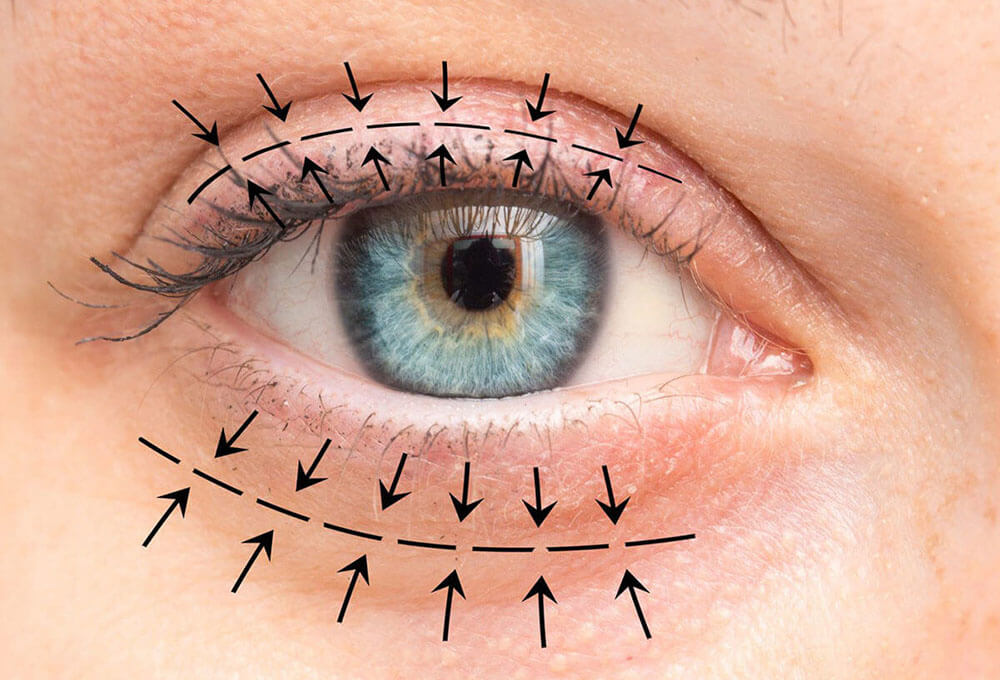Cosmetic Eye Surgery
There are around 250,000 blepharoplasty procedures done every year, making it the most common cosmetic surgery done on the eyelids, in the world
But the results of the surgery can differ very broadly from one patient to the next.
An important part of the preparation is an analysis by the surgeon of the ageing process of the patient, so that the surgery can produce the best cosmetic results.
Lacrymal surgery
Problems concerning the tear channels and the lachrymal ducts such as a ‘watery eye’ can be treated by surgery. The aim is to restore the normal flow of tears down to the nose when a blockage has occurred.
Orbital problems
These are related to the bony sockets of the eyes and their nerves, muscles, arteries, veins, fat and lachrymal glands.
Aesthetic Oculoplastics
A Oculoplastic Surgeon also performs aesthetic non surgical treatments and surgery to eyelids such as dermal fillers and botulinum toxin injections.
Blepharoplasty (eyelid surgery)
Blepharoplasty surgery is possible whilst the patient is under local or general anaesthetic .
An upper blepharoplasty may take about one hour to complete, whilst surgery on the lower lid may take up to two hours.
Most patients usually go home the same day of the surgery.
You should take about a week off work to recover from eyelid surgery. You won’t be able to drive for a few days after the operation.
The surgeon should explain possible side effects and complications, and how they would be treated if they occurred. Sometimes, patients find the desired cosmetic effect wasn’t achieved and feel they need another operation.
Choosing your cosmetic surgeon
Before you have cosmetic surgery you will need to choose a surgeon who has the appropriate training, skills and experience to carry out the procedure.
The surgeon should know about the results you want and why, and you should talk about the options and possible results of surgery.
It is reassuring for the surgeon to explain clearly what happens during surgery and a good question to ask is about the possible complications of surgery and which are the most common, in the surgeon’s experience.
